Case Study: Allen v. Cooper—Five Ways to Write Like Justice Kagan
It’s hard to get lawyers and judges to agree on much these days, but here’s one exception: that Justice Elena Kagan is a terrific writer. Take her majority opinion in Allen v. Cooper. Kagan’s opening facts might already reel you in:

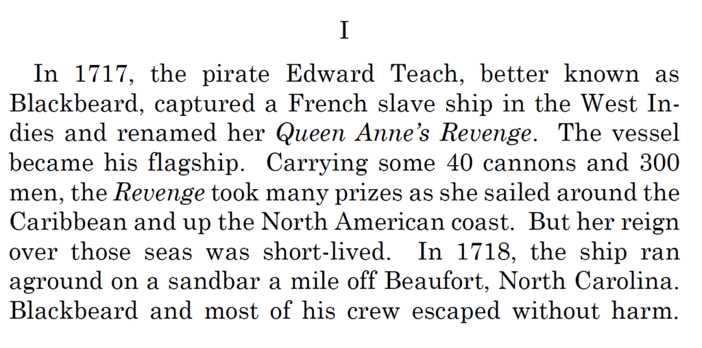
But don’t be fooled. It’s still a case about sovereign immunity in copyright actions. How does Justice Kagan pen such beautiful prose on such a dry issue? Here are five techniques to try at home.
1. Sharpen the Flashpoint of the Dispute—Contrast What the Parties Agree on with What They Don’t.
One of the best advocacy techniques, which I call “Flashpoint” in Point Made, is to juxtapose what a case is about with what it’s not about or, as here, what brings the two sides together with what draws them apart:
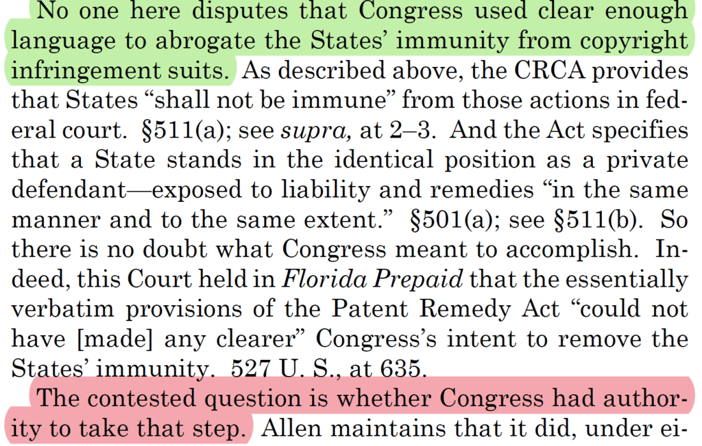
2. Favor Tight, Modern Language and Vivid Verbs.
A master of crisp style, Kagan’s options always combine the use of vivid verbs (light blue) with punchy, modern language (green).
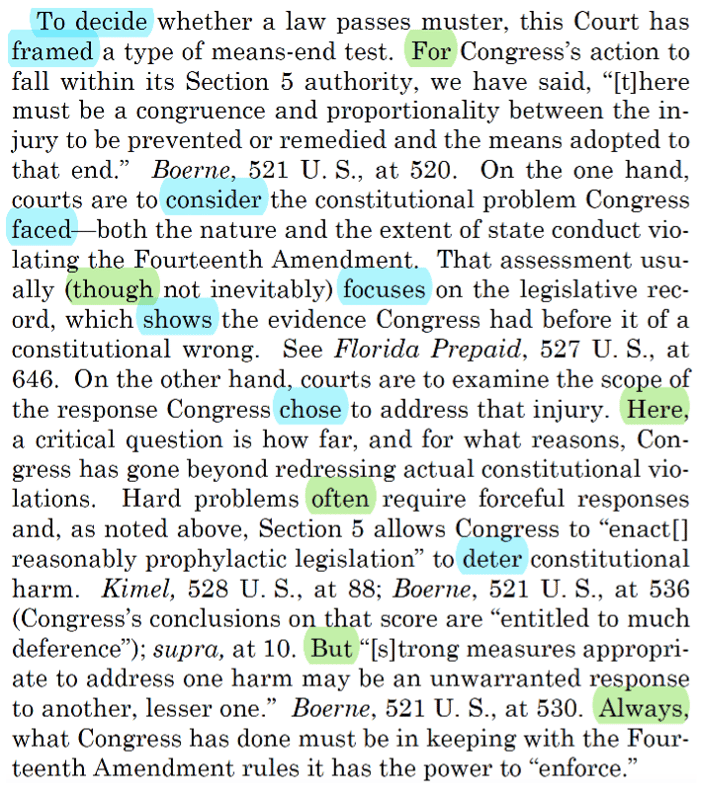
3. Craft Paragraph Openers That Flow from One to the Next, with Each Contributing a Piece of a Larger Puzzle.
In the best legal and judicial writing, paragraph openers are far more than just topic sentences. As you can see below, Kagan’s paragraph openers for Section II.B meld into a single analytical unit:
- Section 5 of the Fourteenth Amendment, unlike almost all of Article I, can authorize Congress to strip the States of immunity.
- For an abrogation statute to be “appropriate” under Section 5, it must be tailored to “remedy or prevent” conduct infringing the Fourteenth Amendment’s substantive prohibitions.
- To decide whether a law passes muster, this Court has framed a type of means-end test.
- All this raises the question: When does the Fourteenth Amendment care about copyright infringement?
- Because the same is true of patent infringement, Florida Prepaid again serves as the critical precedent.
4. End Each Paragraph with a Springboard to the Beginning of the Next.
Also on the structural side: with gurus like Justice Kagan, at the end of each paragraph it’s almost as if the writer is staging a conversation with an imaginary reader. She knows she’s fleshed out the opening sentence, and now it’s time to take the reader by the hand and right into the next paragraph. As here:
Paragraph End: That power, the Court has long held, may enable Congress to abrogate the States’ immunity and thus subject them to suit in federal court.
- Next Paragraph Start: For an abrogation statute to be “appropriate” under Section 5, it must . . .
Paragraph End: That means a congressional abrogation is valid under Section 5 only if it sufficiently connects to conduct courts have held Section 1 to proscribe.
- Next Paragraph Start: To decide whether a law passes muster, this Court has framed a type of means-end test.
Paragraph End: Always, what Congress has done must be in keeping with the Fourteenth Amendment rules it has the power to “enforce.”
- Next Paragraph Start: All this raises the question: When does the Fourteenth Amendment care about copyright infringement?
Paragraph End: That means within the broader world of state copyright infringement is a smaller one where the Due Process Clause comes into play.
- Next Paragraph Start: Because the same is true of patent infringement, Florida Prepaid again serves as the critical precedent.
5. Sprinkle your Analytical Paragraphs with Logical Transitions and Logical Links to the Previous Sentence.
Now we have a big-picture contrast, brisk and confident word choice, a forward march of paragraph openers, and bridges between the paragraphs as well. But there’s one more ingredient (at least for today): within the paragraphs, an enticing mix of logical connectors (green) and semantic links between the sentences (light blue).
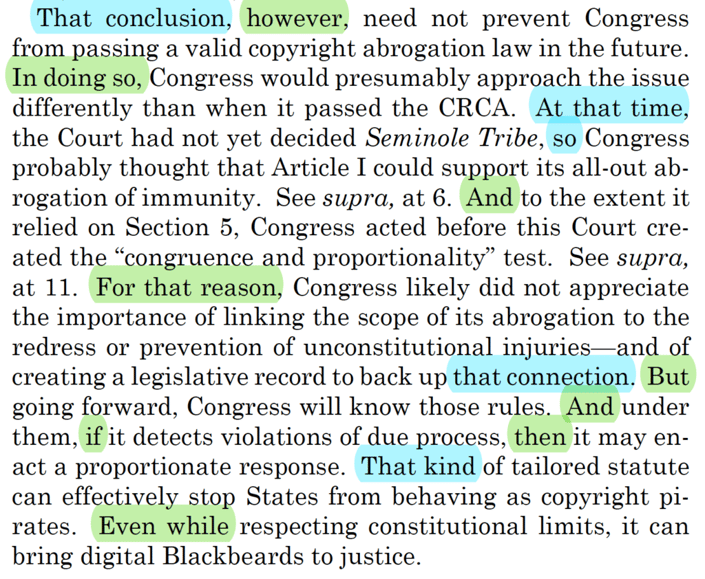
That’s a lot for a writer to pull off. Marrying ruthless command over structure, generous logical signposts, and a tight, light style is no mean feat. I was not surprised, in fact, to see that Kagan’s opinion won the Royal Flush of BriefCatch Scores:
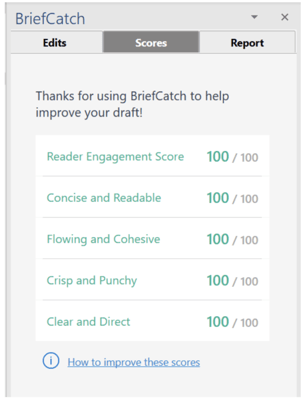
 By
By



